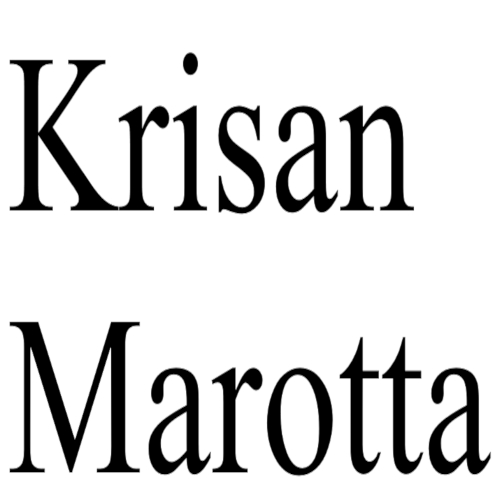
If you keep cost basis in PortfolioCenter reconciled to your broker, February means income reclassifications.
Due to complicated IRS rules and regulations, fund companies may need to adjust dividends already paid when they close their books at the end of the fiscal year. Since they can’t ask for their money back, they reclassify part or all of dividend as a return of capital, keeping the number of shares the same and reducing the cost basis of each trade lot by the amount of reclassification. When these “income reclassifications” happen, cost basis in PortfolioCenter must be updated to match the brokers.
But what do you do when a fund issues an income reclassification and then issues another one a week later — as Financial Select Sector SPDR ETF (XLF) recently did.
Here’s how to handle it.
- Back out the first reclassification. If you used the Transaction Wizard to handle the first event, UNPOST the individual transactions in the Transaction Wizard List and THEN delete the Transaction Wizard List. (Deleting the list itself does NOT remove the transactions.
- In the broker’s interface (e.g. Schwab Interface), delete the cost basis reconciliation file so it reverts to NEW status.
- Re-run the Cost Basis Reconciliation report. This resets the data in the cost basis wizard, removing the transactions you backed out in step 1.
- Use Cost Basis Reset Wizard with the date of the second (and hopefully final adjustment) to debit the current trade lots and replace them with the adjusted lots.
- Re-run the Cost Basis Reconciliation Report to make sure everything worked as expected.
Sometimes the cost basis files contain fractional shares not actually held in the accounts. When this happens, wait a couple of business days and reconcile the cost basis again. Often these fractional shares will disappear from the cost basis files. If they remain, contact your broker to investigate the discrepancy.
Need help?
